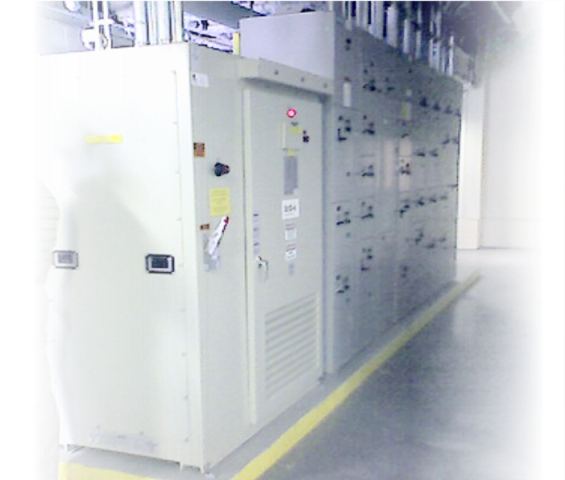Evaluate Your Solar Inverters


The Inverter in a solar plant converts the electricity produced by the panels (which is in DC form) to AC so that you can use it just as you use the grid power. The following are the key parameters you should use to select the right inverter.
| Parameter | Choice | Likelihood of Performance Increase | Likelihood of Cost Increase |
| Parameter | Choice | Likelihood of Performance Increase | Likelihood of Cost Increase |